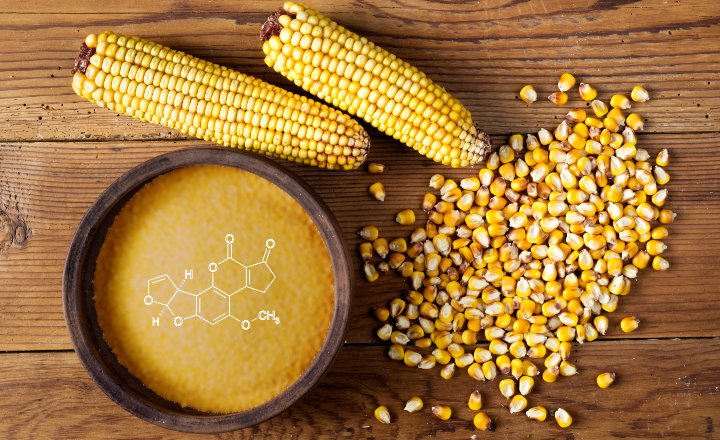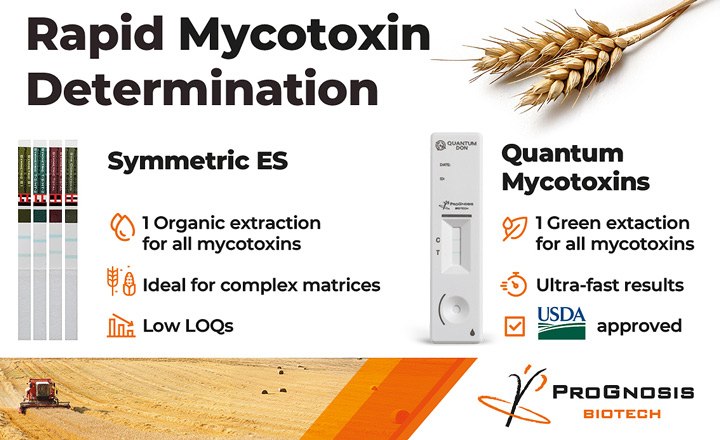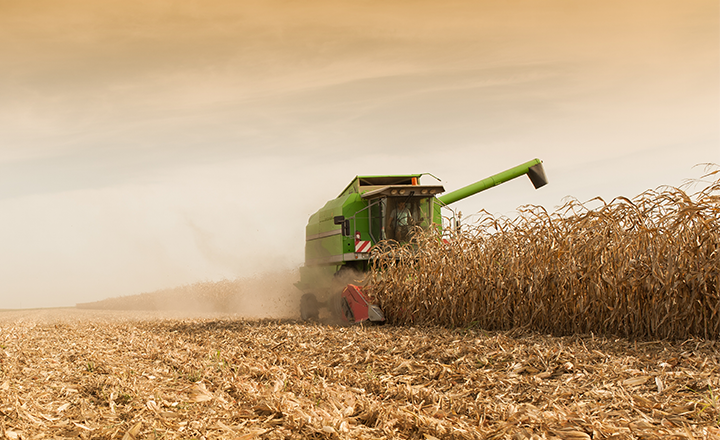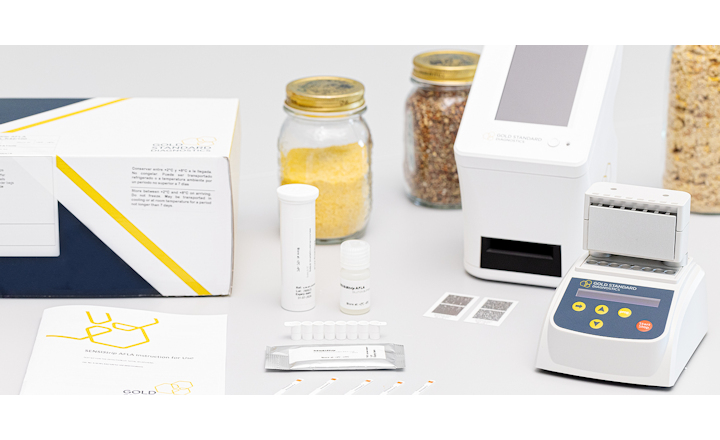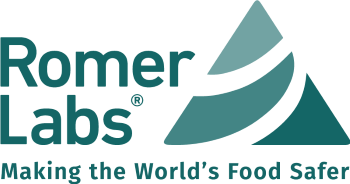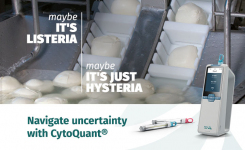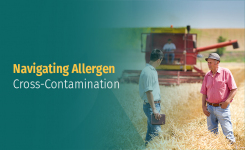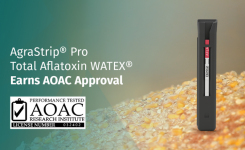- Rich in protein, Corn Gluten Meal is highly nutritious and a useful ingredient for animal feed and food.
- Toxic compounds called mycotoxins can accumulate in CGM during processing, potentially leading to elevated levels in the final product.
- Romer Labs has developed a testing application for CGM that delivers consistent, reliable results.
What is Corn Gluten Meal (CGM)?
Corn Gluten Meal (CGM) is a high-protein by-product of the corn wet-milling process, primarily produced during the extraction of corn starch and syrup. With a typical protein content of around 60%, CGM is a valuable feed ingredient widely used in animal nutrition, particularly for poultry, fish, and livestock. In addition to being protein rich, CGM is high in essential amino acids like methionine, which is crucial for animal growth, feathering, and overall health. The natural pigments in CGM, such as carotenoids, enhance the color of animal products, especially egg yolks, making it a preferred ingredient in poultry farming.
Beyond its role in traditional livestock feed, CGM is also popular in specialized markets such as pet food, thanks to its digestibility and nutritional content. In aquaculture, CGM promotes healthier fish growth, making it an efficient feed option. The concentration of nutrients in CGM makes it a highly efficient feed product, helping farmers meet the dietary needs of animals with smaller volumes compared to other feed types.
Why is Corn Gluten Meal Important?CGM's significance lies in several key attributes:
- High Protein Content: With around 60% protein, CGM is ideal for formulating balanced diets for animals. As animal feed is designed to meet specific nutritional requirements, CGM provides an economical and efficient way to incorporate necessary proteins and amino acids into the feed, enhancing overall productivity in animal farming.
- Rich in Methionine: Methionine is an essential amino acid that animals cannot synthesize on their own. CGM’s high methionine content is beneficial for poultry and aquaculture feed formulations. It supports protein synthesis, immune function, and fat metabolism, promoting healthier growth rates and overall animal well-being.
- Pigment Enhancer: CGM contains carotenoids, which contribute to the vibrant colors of animal products, such as deep-yellow egg yolks and golden chicken skin. This pigment-enhancing property is particularly advantageous in commercial poultry production, where appearance can influence consumer preference and product value.
- Economic Value: As a by-product of the corn milling industry, CGM is a cost-effective ingredient. Its wide availability and relatively low cost make it a key component in feed formulations, helping farmers optimize production costs while maintaining high nutritional standards.
In addition to its nutritional and economic benefits, CGM contributes to feed efficiency, reduces waste, and supports sustainable farming practices by utilizing a by-product that might otherwise go unused. This aligns with the growing emphasis on environmentally conscious agriculture.
Are you ensuring the safety and quality of Corn Gluten Meal?


